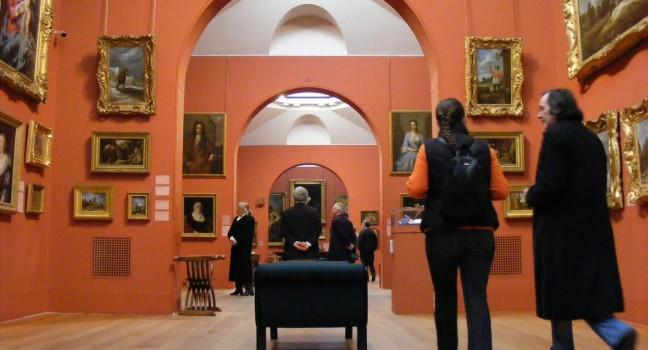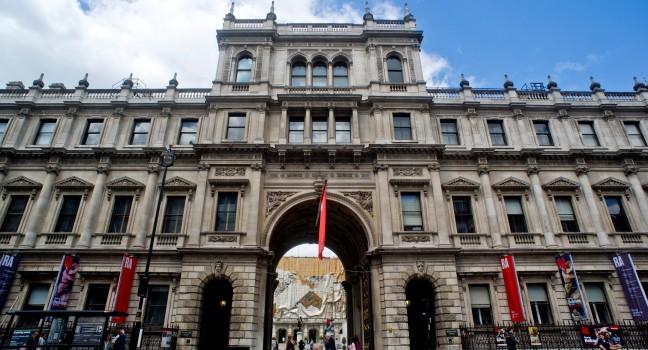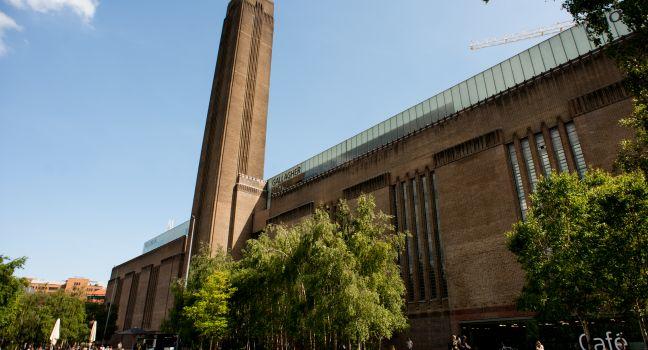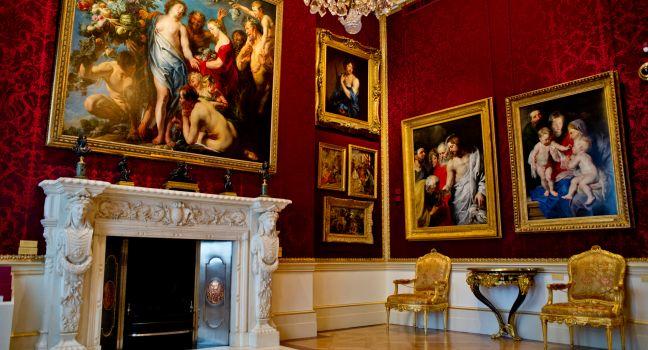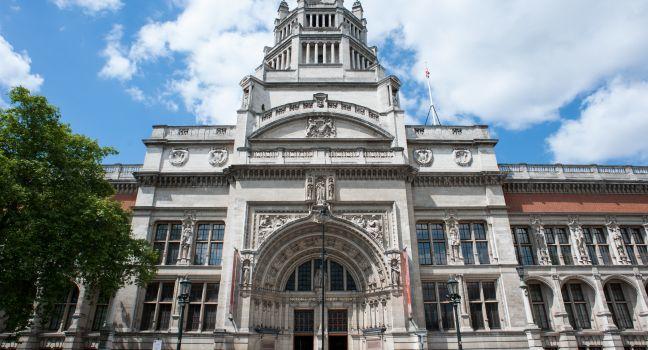This spectacular renovation of a mid-20th-century power station is one of the most-visited museums of modern art in the world. Its great permanent collection, which starts in 1900 and ranges from modernist masters like Matisse to the most cutting-edge contemporary artists, is arranged in eight areas by theme (for example, "Media Networks," about artists' responses to mass media) rather than by chronology. Its blockbuster temporary exhibitions have showcased the work of individual artists like Gauguin, Rauschenberg, Cezanne, Picasso, and O'Keefe, among others. Other major temporary exhibitions have a conceptual focus, like works created in response to the American Black Power movement or by Soviet and Russian artists between the Revolution and the death of Stalin.
The vast Turbine Hall is a dramatic entrance point used to showcase big audacious installations that tend to generate a lot of publicity. Past highlights include Olafur Eliasson's massive glowing sun, Ai Weiwei's porcelain "sunflower seeds," and Carsten Holler's huge metal slides.
On the ground floor of a 10-story addition, you'll find The Tanks, galleries devoted to various types of new art, including moving image, performance, soundscapes, and interactive works, while at the top is a roof terrace offering spectacular views of the London skyline. In between are three exhibition floors offering more room for large-scale installations, for art from outside Europe and North America, and for digital and interactive projects. The Start Display (Level 2) provides an introduction to the collection, highlighting art from various countries, cultures, and periods, all linked by color.
Not to be missed in the original building are displays devoted to Gerhard Richter (both on Level 2), Antony Gormley, Jenny Holzer, the Guerrilla Girls, and video pioneer Nam June Paik (Level 4); and a room-size installation by Yinka Shonibare (Level 2).
Head to the restaurant on Level 9, the café on Level 1, or the Espresso Bar on Level 3 for stunning vistas of the Thames. The view of St. Paul's from the Espresso Bar's balcony is one of the best in London. Near the café you'll find the Drawing Bar, which lets you create work on one of several digital sketch pads and then project your result on the gallery wall.
You can join free 45-minute guided tours starting at noon, 1, and 2. If you plan to visit Tate Britain, take advantage of the Tate Boat, which takes visitors back and forth between the two Tates every 20 to 30 minutes.
